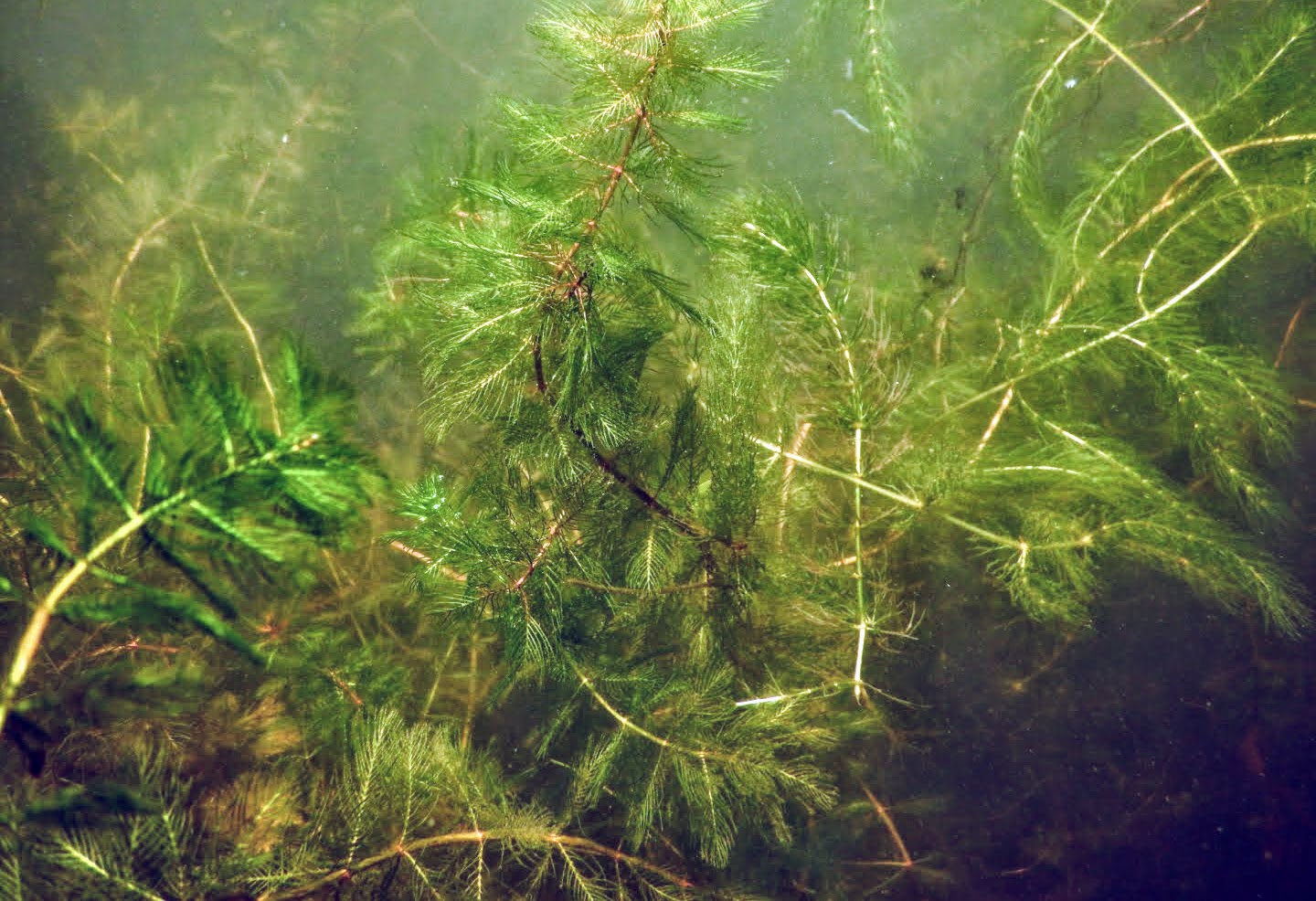
2020 has been a rough year for management of aquatic invasive species on Kinderhook Lake, especially Eurasian milfoil. Nobody can be sure if this is due to recent warmer winters not allowing sediment to freeze deep enough to kill or stun weeds in areas exposed by the drawdown, the unusually good water clarity consistently 6- to 7-feet deep for two years, the constant fragmentation of weeds from boat propellors traveling through the milfoil beds, or perhaps all of these combined. What we can be sure of is that we need to address this issue with new tools in addition to using our Eco-Harvester. While our harvester collected a record amount of milfoil this year, it was unable to keep up with this summer’s explosive weed growth in the areas that harvesting is permitted by our DEC permit.
For the past several months, the KLC weed committee has been hard at work researching new options to enhance our weed management program. Committee members have had numerous discussions with DEC, three lake management firms, and several local lake associations dealing with similar issues. Through this research we have found a relatively new herbicide that specifically targets Eurasian milfoil and has been used in many lakes throughout the country for the past few years. This herbicide does not appear to harm native weeds and comes with far fewer restrictions than any other herbicide in use today. Results of these treatments have been highly successful, showing no milfoil growth the second year after use. Committee members made site visits to two local lakes that have used this herbicide in 2019 and 2020 and personally observed the positive results; in one case, native weeds have already started to emerge where milfoil used to grow.
You will be hearing more over the winter about the upcoming changes to our weed management program as we continue to research and evaluate this new option. In the meantime, if you can’t wait for further updates, feel free to Google “ProcellaCor”.















Follow Us on Facebook!